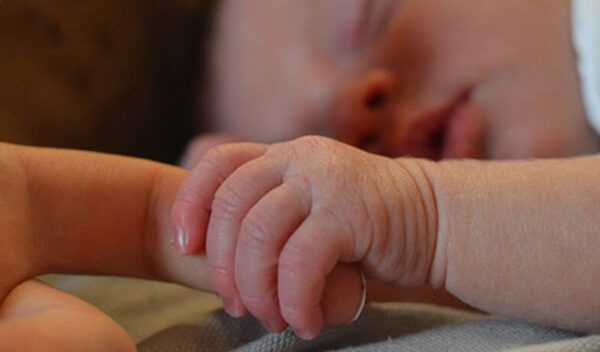For example, the United States uses the US Dollar, and the United Kingdom uses the British Pound. But, did you know some countries don’t use their own money at all?
These countries have found it better to adopt another nation’s currency instead of having their own.
Why would a country give up on having its own currency? There are several reasons for this, like wanting to keep the economy stable or avoiding inflation.
In some cases, using another country’s money can bring economic benefits or help attract foreign investors.
Here are five countries that don’t use their own currency and what they have chosen to use instead.
1. Ecuador
Ecuador is a country in South America that decided to use the US Dollar as its official currency in the year 2000. Before this change, Ecuador’s economy was struggling due to high inflation and a financial crisis. The government decided that using the US Dollar would stabilise the country’s economy and restore confidence among investors and the public. Today, people in Ecuador use US Dollars for everything from buying groceries to paying rent. Even though this has helped with economic stability, it also means the country can’t make its own monetary policies or print more money when needed.
2. Zimbabwe
Zimbabwe once had its own currency, the Zimbabwean Dollar, but it faced one of the worst cases of hyperinflation in history.
In 2008, the situation became so severe that prices doubled almost daily, and people had to carry piles of money just to buy basic items. The government decided to stop using the Zimbabwean Dollar in 2009 and adopted multiple foreign currencies, including the US Dollar and the South African Rand. This helped to stabilise prices, but it also made the country dependent on the economic conditions of other nations. Today, Zimbabwe has brought back a local currency, but many people still prefer to use US Dollars.
3. Panama
Panama, a small country in Central America, has been using the US Dollar since 1904. Interestingly, Panama does have its own currency called the Balboa, but it only exists in coin form and is always equal in value to the US Dollar. Paper money in Panama is entirely in US Dollars. The use of the US Dollar has made trade easier and encouraged investment from the United States. However, similar to Ecuador, Panama can’t control monetary policies to suit its economic needs.
4. Kosovo
Kosovo is a country in the Balkans that declared independence from Serbia in 2008. Before that, the region experienced war and unrest, which severely impacted the economy. Even though Kosovo isn’t a member of the European Union, it uses the Euro as its official currency.
This decision has helped the country keep inflation low and make trading with European countries easier. However, Kosovo has no say in how the Euro is managed, which can be challenging when economic issues arise.
